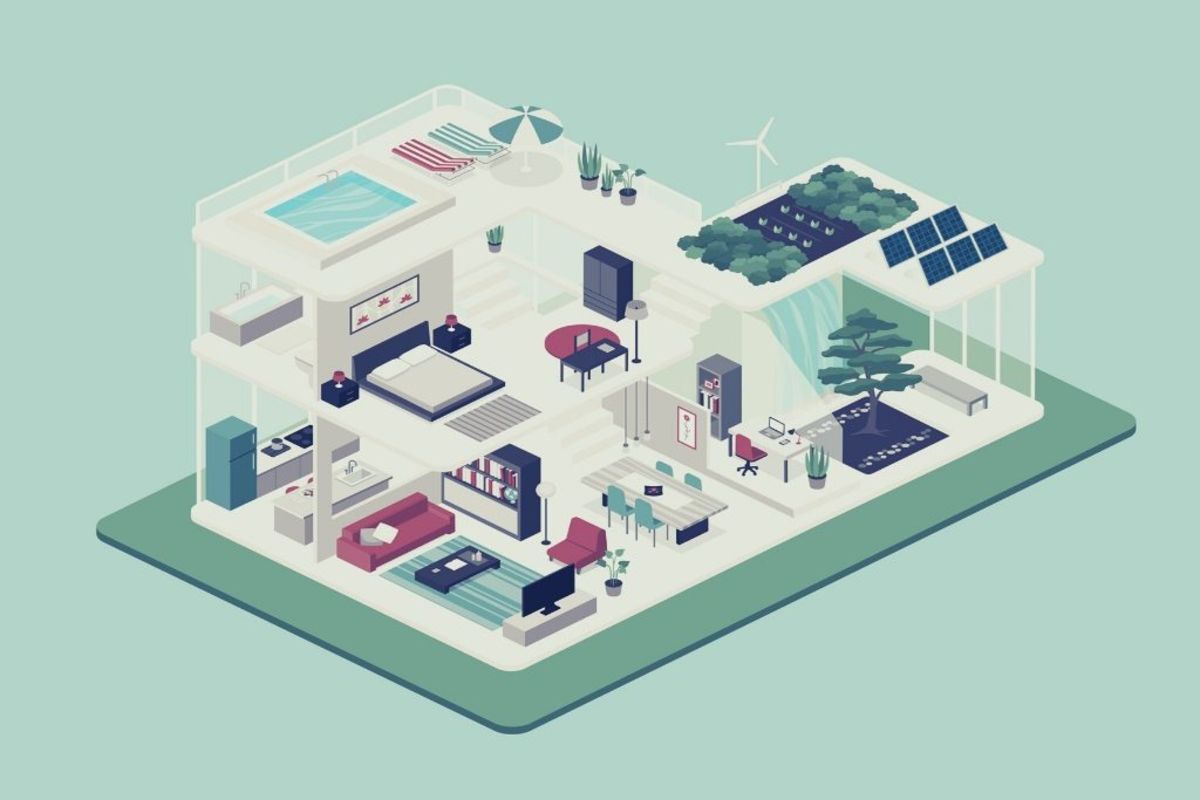Stephanie Ossenbach
Stephanie is an environmental scientist and responsible for driving the sustainability strategy at dormakaba. With her many years of experience, she is committed to the continuous improvement of social and environmental management and how the company contributes to the UN Sustainable Development Goals.


